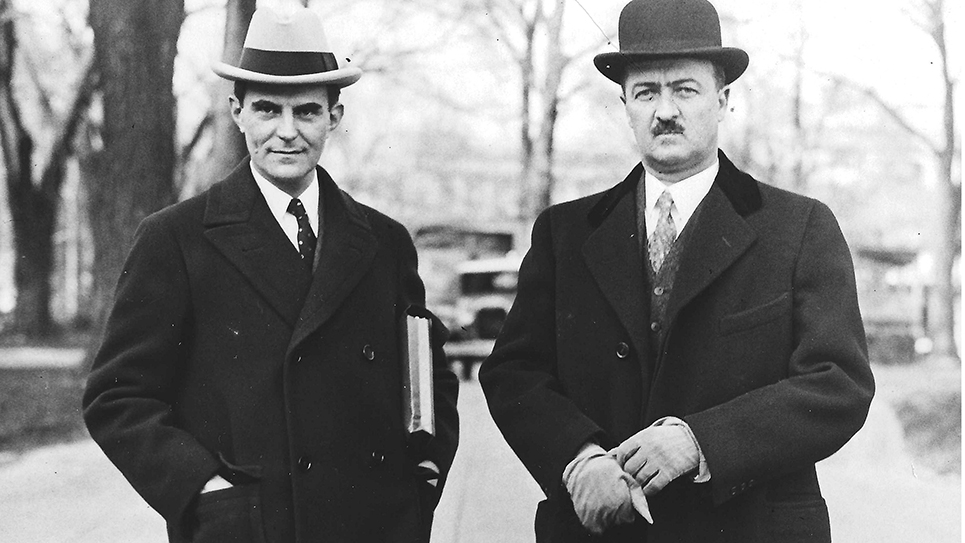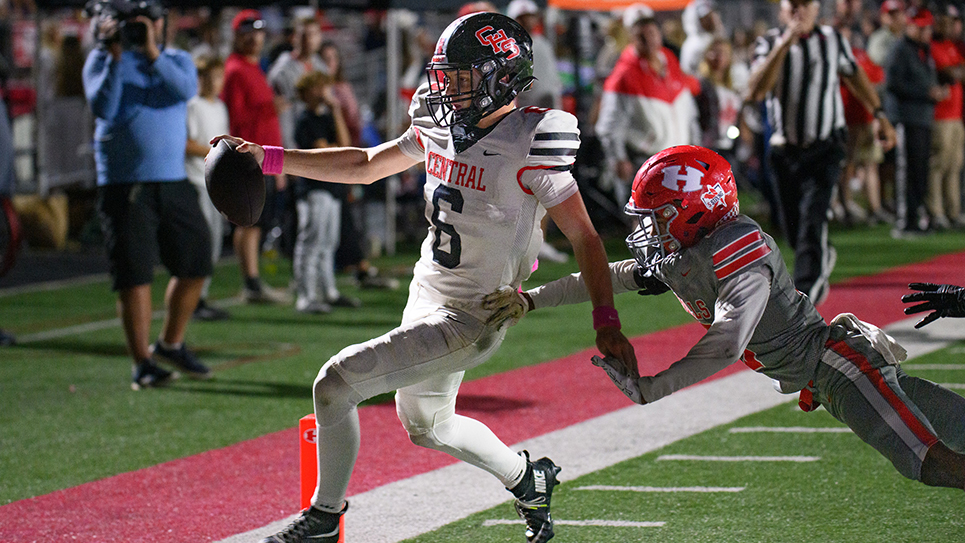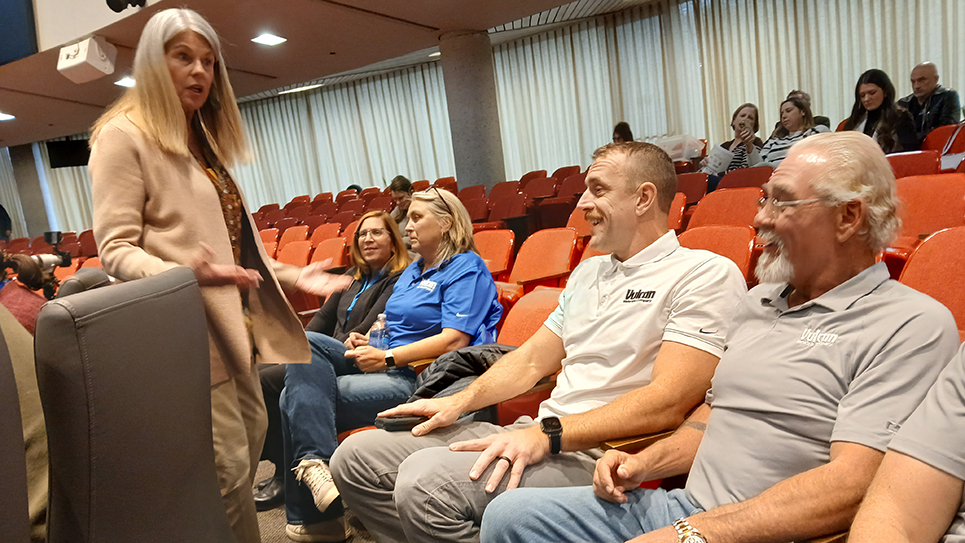‘This field belongs to everybody’
By Tom Mattingly
When you think about it, there are memories of a number of great moments scattered across the greensward of Shields-Watkins Field. It’s been quite a run for the Vols since Shields-Watkins Field opened for business.
When Tennessee played its first football game in 1891 against Sewanee, no one could have possibly imagined how the program would develop, what an influence it would have across the state of Tennessee and beyond.
The first tentative steps to maturity were marked by coaches coming and going (some for just a year or two). J.A. Pierce was the first in 1899. The Vol program finally found a 3,200-seat home on campus in 1921, with seats on the west side only.
Col. William Simpson Shields was the field’s “lead donor,” although that term did not gain credence until many, many years later. That venue thus became Shields-Watkins Field, in honor of Shields and his wife, the former Alice Watkins. The orange jerseys would arrive a year later.
It’s been amazing to the see how things have worked out. The stadium has grown from that modest grandstand into a 101,915-seat structure that fills quickly each home Saturday. The stadium stands in testimony to all those uncounted “Tennessee people,” who have been a part of building the legend known as Vol football.
These “people” and “events” of Tennessee football are special. In the mind’s eye, you can almost see John Deanie Hoskins or Bob Campbell carefully overseeing the turf, Johnny Butler motoring his way to the south end against Alabama in 1939, or Bob Neyland in his double-breasted suit standing stoically on the east side 50-yard line, with substitutes at the ready. You could possibly see Nelson on the fledgling Vol Network in the late 1940s, before embarking on a heralded national broadcasting career.
For his efforts building the program, Neyland’s name appeared on the west side of the massive edifice in October 1962. For his part, Nelson’s name appears on the façade of the Tennessee baseball stadium.
If you look closely at the southeast corner of the field, you can imagine the celebration featuring Larry Seivers and Gus Manning after Larry caught the game-winning two-point conversion against Clemson in 1974.
At the northeast corner, there’s the spot three Vols (Bill Majors, Wayne Grubb, and Charley Severance, from Sewanee, Athens, and Knoxville, respectively) stopped LSU’s Billy Cannon short of the goal on an early fourth-quarter two-point try on Nov. 7, 1959. Cannon said after the game he made it. Over the years, Severance has steadfastly (and proudly) disagreed.
There’s also the south 43-yard line, where the Vols got a second chance against Arkansas in the 1998 game. That was the site of the famed “Stoerner Stumble,” the turnover and resulting touchdown that saved the 1998 season.
The Vols made the most of it, all the way to a national championship. The authors of a book about the 1998 championship season (“Clad In Big Orange 25 Years Later: The Inside Story of the Tennessee Volunteers’ Epic 1998 National Title”) highlighted Stoerner’s “accomplishment” in the book’s acknowledgements.
Things looked bleak for the Vols. Here’s how Sean McDonough of CBS reported it: “There’s 1:47 remaining. One time out left. 12 to go for the first down. Stoerner… lost the football!. Oh, my goodness! He stumbled and fumbled, and Billy Ratliff recovered.” There was a rush on stadium gates at that moment as Vol fans who were on their way out quickly found their way back into the stadium.
That led to Ward offering this piece of advice to the Vol coaching staff down on the field below: “They need to give it to Henry,” resulting in five carries for 43 yards and the game-winning score.
The off-season between 1993 and 1994 was a memorable few months, when grass finally came back to the floor of Shields-Watkins Field after a hiatus since the final gun of the 1967 Vanderbilt game. Tennessee fans arrived at Gate 7 at the south end and asked Campbell or one of his aides to let them see the field, to literally let them watch the grass grow.
“There’s no telling how many people, how many families, came just to see the field and take pictures,” he said. “It’s truly amazing what this stadium means to people.”
There was the aftermath of the 1998 win over Florida and the spirited celebration that followed, as Vol fans went “bee-serk,” in Ward’s parlance. It resulted in large chunks of turf being excised from the field, enraging the football purists. Here’s my take, from a Volunteers Magazine “editorial” in 1998.
“To my mind, fans of other schools may attack the things they hold most dear, as thousands of Georgians did after the 2000 Tennessee game, when the supposedly sacred hedges surrounding the field came tumbling down at Sanford Stadium.
“Both were surreal sights, almost out-of-body experiences. Those who love the Tennessee program and faithfully follow the fortunes of the Vols should have known better. Most do.”
“This field belongs to everybody,” Campbell said during his tenure caring for the field (1990-2009). “It’s a special place. I’ve taken stewardship of it for this moment in time.”
Here’s the bottom line. If someone tells you a football field is only a field, devoid of memories for the ages, don’t believe a word of it.






